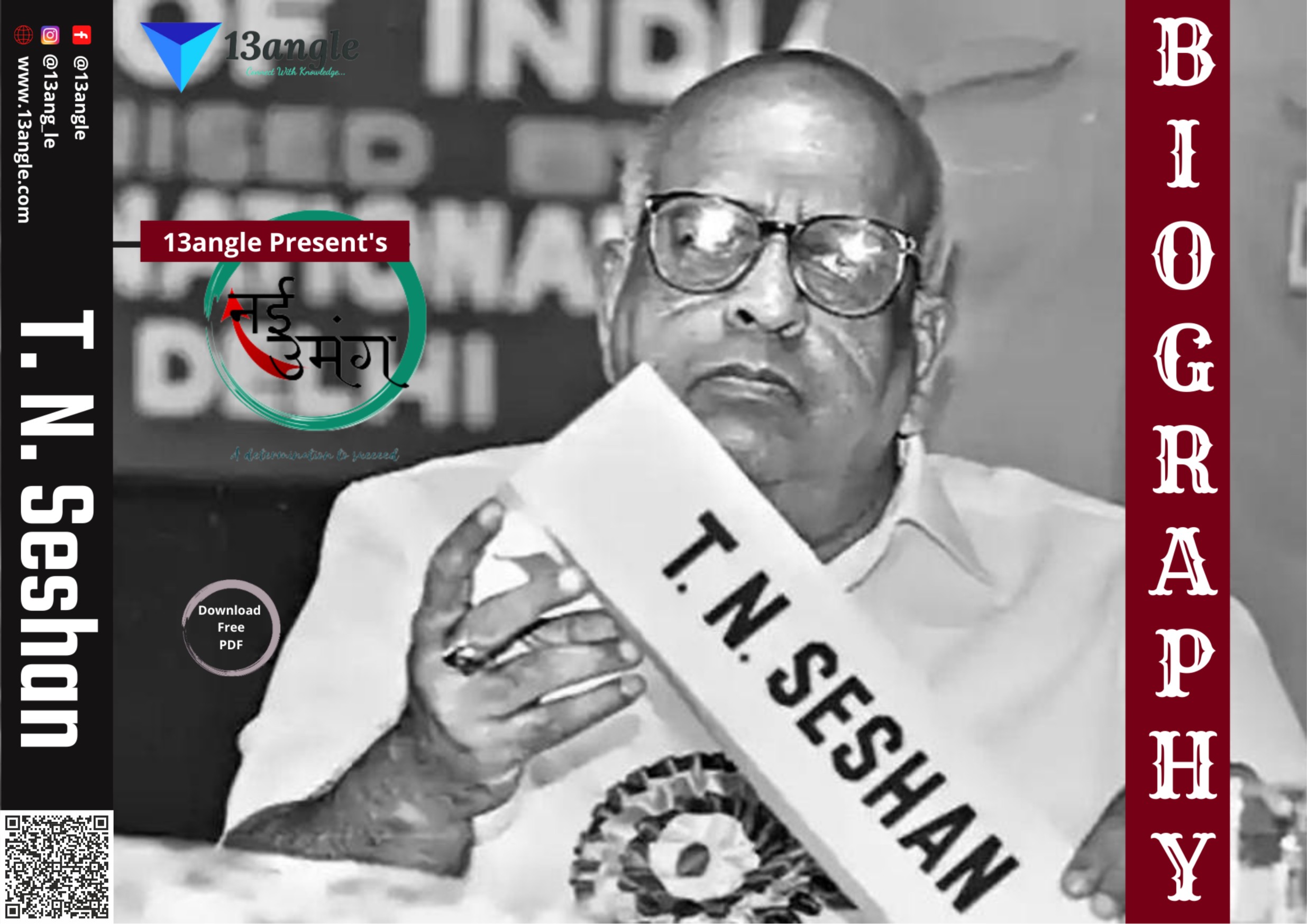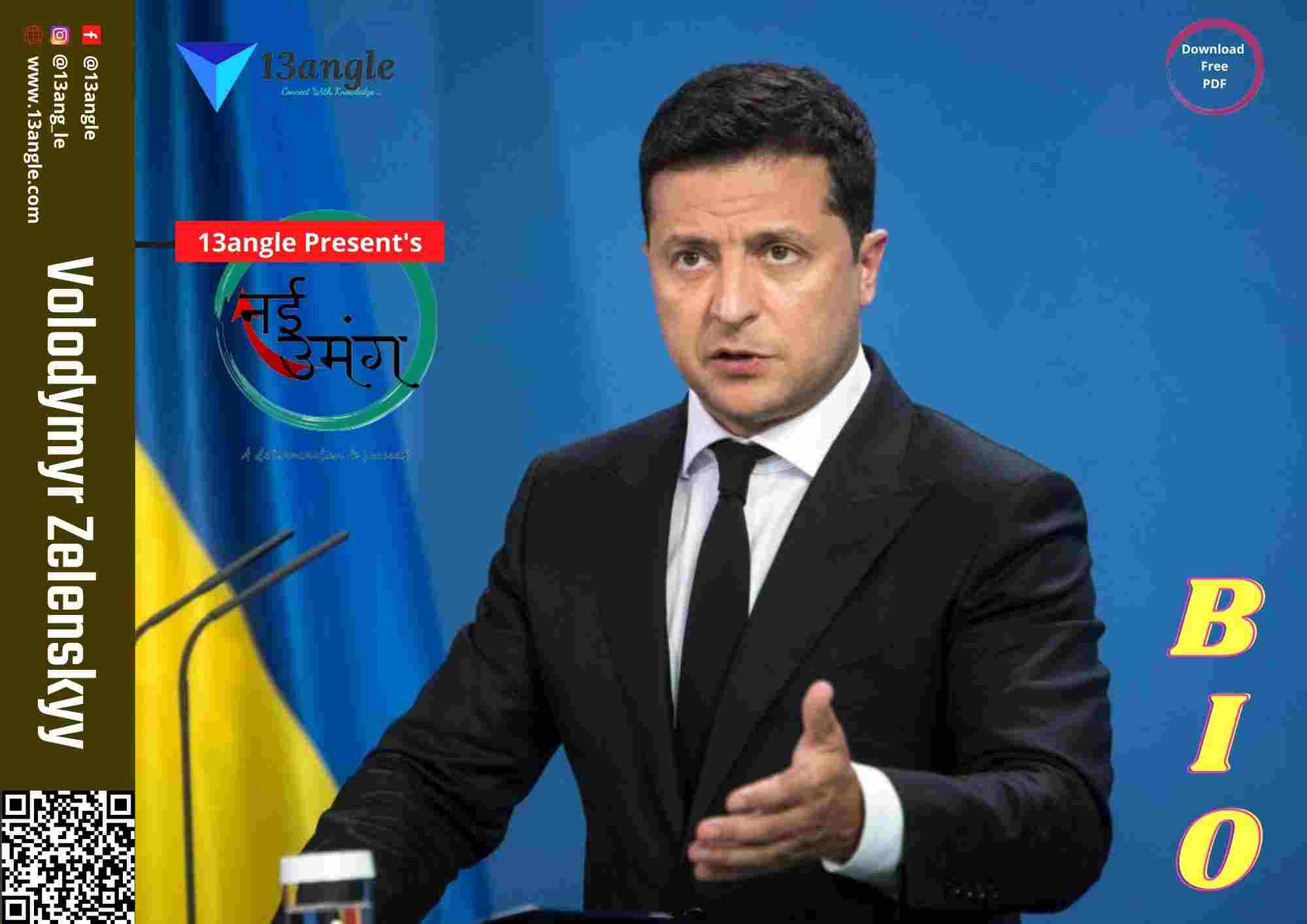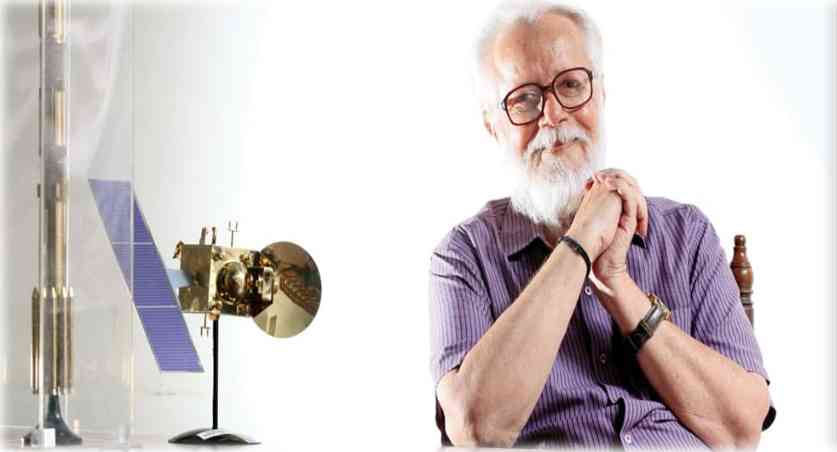
Name | Nambi Narayanan |
Born | 12 December 1941 |
Education |
|
Occupation | Aerospace engineer |
Wife | Subbiah Arunan |
Awards | Padma Bhushan (2019) |
Who Is Nambi Narayanan?
- Nambi Narayanan is a famous Indian aerospace engineer who worked for ISRO. While he was conferred with many prestigious awards, he was also given the Padma Bhushan, the third-highest civilian award by the Government of India, in 2019. Although his career was not a smooth sail. He was instrumental in developing the Vikas engine. This engine was used for the launch of the first PSLV in India. He was in charge and a senior officer of the Cryogenic department at the Indian Space Research Organization (ISRO). Narayanan and his team spent nearly 2 decades with French assistance in developing the Vikas engines used in many more launching vehicles of ISRO, including the Polar Satellite Launch Vehicle (PSLV). Which took Chandrayaan-1 to the moon in 2008. The Vikas engine is used to boost the second stage of PSLV and to run the second phase of GSLV Mark 1 and Mark 2 and the main stage of GSLV Mark 3.
Early Life
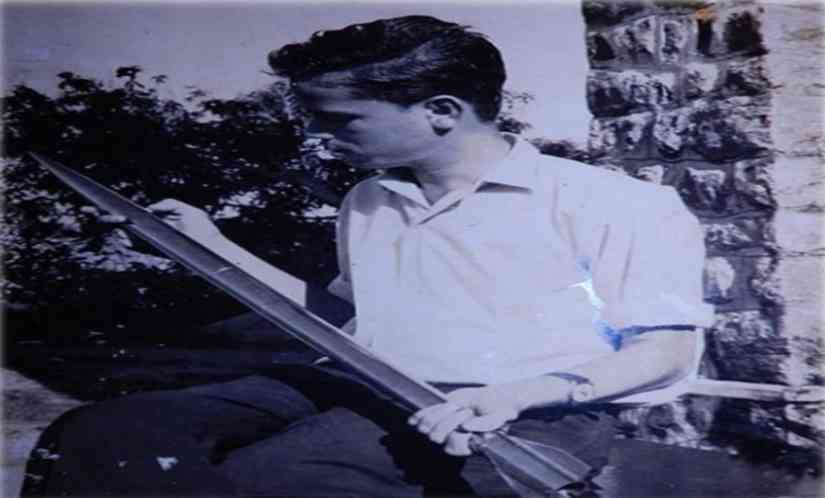
- Nambi Narayanan was born on 12 December 1941 in Nagercoil village in Kanyakumari district, Tamil Nadu. His full name was S. Nambi Narayanan and he was born in a very middle-class family. He completed his schooling at DVD Higher Secondary School, Nagercoil. He did his Bachelor of Technology in Mechanical Engineering from Thiagarajar College of Engineering, Madurai. Nambi Narayanan lost his father while pursuing his degree in Madurai. He had two sisters. As soon as his father died his mother felt sick. Nambi married Meena Nambi and had two children. Their son, Shankar Nambi, is a businessman. Their daughter Geetha Arunan is a Montessori school teacher in Bangalore and is married to Subbiah Arunan, an ISRO scientist, director of the Mars Orbiter Mission, and Padma Shri awardee.
Career
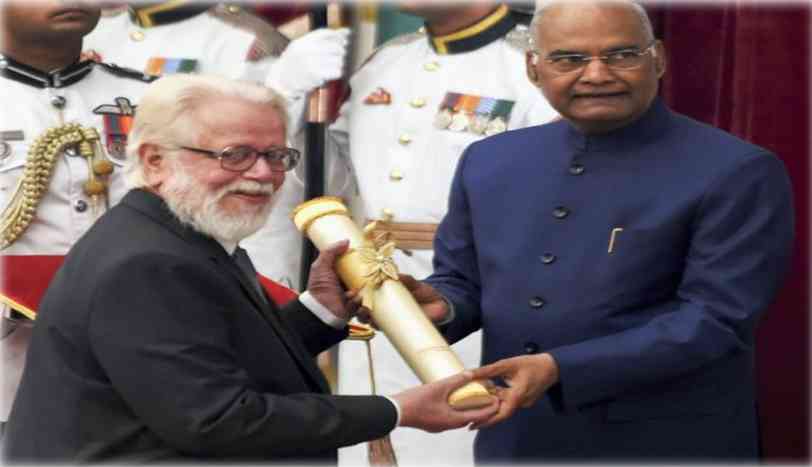
After studying mechanical engineering in Madurai, Narayanan started his career in 1966 at ISRO as a technical assistant at the Thumba Equatorial Rocket Launching Station. He earned a NASA fellowship and was accepted into Princeton University in 1969. He completed his master’s program there in chemical rocket propulsion under professor Luigi Crocco. He returned to India with expertise in liquid propulsion at a time when Indian rocketry was still solely dependent on solid propellants. He has written that he had to educate Sarabhai on liquid propulsion technology. Narayanan was then offered US citizenship and a good job from NASA despite his return to India specializing in liquid propulsion at a time when the Indian rocket was still completely dependent on solid propellants. In the early 1970s, when APJ Abdul Kalam’s team was working on solid motors, Narayan introduced liquid fuel rocket technology in India. They had long anticipated the need for liquid-fuelled engines for ISRO’s future space programs. Then chairman of ISRO, Satish Dhawan, and his successor, UR Rao, encouraged him to work on liquid fuel engines and gave him the freedom to work. Completely devoted to his work, Narayanan developed liquid propellant motors. He built a 600-kilogram (1,300 lbs) successful engine in the mid-1970s, after which he was involved in building bigger engines. India was moving very fast in the direction of cryogenic engines.
In 1974, Societe Europeenne de Propulsion agreed to transfer the Viking engine technology for 100 person-years of engineering work from ISRO. This transfer was completed by three teams and Narayanan led the team of forty engineers who worked on technology acquisition from French. The other two teams worked on indigenizing the hardware in India and establishing the development facilities in Mahendragiri. The first engine, named Vikas, was tested successfully in 1985. Internal ISRO reports highlighted Narayanan’s exemplary organizational and managerial skills but noted his tendency to take for himself the credit for his team’s work as well as instances of his running a private business. An inquiry by the vigilance cell in 1982 was dropped later. R. B. Sreekumar, in his capacity as the commandant of the Central Industrial Security Force unit posted at the Vikram Sarabhai Space Centre, had investigated an allegation of tender manipulation by Narayanan. In 1992, ISRO signed an agreement with Russia for the transfer of technology to develop engines based on cryogenic fuels. The agreement was for the purchase of two cryogenic fuel engines worth ₹235 crores. Russia, a friend of India at that time, agreed to transfer the technology to India by signing the deal.
But at the same time, other countries like America and France did not want India to move in the direction of the cryogenic engine. Then US President George W Bush wrote a letter to Russia, raised objections against the transfer of technology to India, and also threatened to blacklist Russia from select 5 club countries. After this, Russia under the leadership of Boris Yeltsin comes under pressure from the US and refused to give technology to India.
In order to circumvent this monopoly, India signed a new agreement with Russia to fabricate four cryogenic engines. Russia, being India’s best friend, signed this second agreement after giving its consent. The deal was worth a total of $9 million which was received by Kerala Hitech Industries Ltd. the cheapest tender for fabricating engines. But due to the espionage case of 1994, ISRO had failed to implement this agreement. In 1994, Narayanan was arrested on false charges of espionage and his illustrious career was ruined. Later in the year 1996, the Central Bureau of Investigation (CBI) dismissed all allegations leveled against them as false. Later, in 1998, the Supreme Court of India dismissed all the allegations against him as false and also acquitted him of the case.
On 26 January 2019, he was conferred the Padma Bhushan award by the Government of India for developing Vikas (Rocket Engine).
ISRO Espionage Case/The Fake Spy Scandal
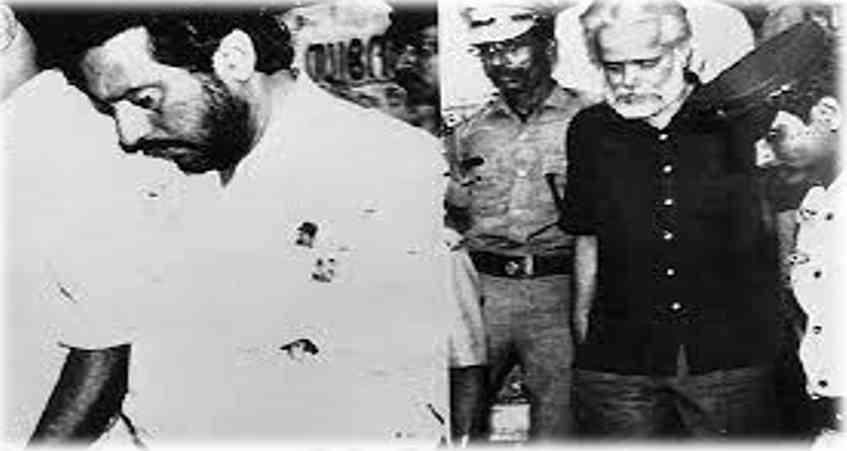
- ISRO espionage case was a now-disproven allegation of espionage made by Indian investigation agencies in the 1990s against some employees of the Indian Space Research Organisation. Various Indian intelligence agencies and the Kerala police arrested these employees on charges of attempting to sell confidential documents containing indigenous rocket engine designs developed by ISRO.
Timeline Of The 27-Year Legal Battle
The bizarre espionage case began with the arrest of Mariam Rasheeda in October 1994 for overstaying her visa. She and her friend Fauziya Hassan, who was staying in Hotel Samrat in Thiruvananthapuram, were asked by Special Branch Inspector S Vijayan to appear before him. When the duo went to the police station, Vijayan detained Mariam alleging that she did not have a proper reason to stay in India despite her visa expiring.
Mariam, however, said she was here for medical treatment. And to help Fauziya get school admission for her daughter. Saying that she could not return as flights to the Maldives were suspended because of a plague scare, Mariam approached the police seeking permission to stay in India. That was when her passport was confiscated. The Intelligence Bureau (IB) and the Research and Analysis Wing (RAW) also joined the case, and Mariam was arrested on October 20.
Mariam later alleged that Vijayan had made sexual advances which she turned down and said she had warned him that she would report him to another senior police official, Raman Srivastava.
On November 13, Fauziya was also arrested and the case was taken over by the Special Investigation Team headed by then Kerala DIG Siby Mathews. Both the Kerala Police and the IB claimed that Mariam confessed that confidential documents of the Indian Space Research Organisation (ISRO) had been leaked by its scientists. They alleged that the two Maldivian nationals had made telephone calls from their hotel room to D Sasikumaran, who was the general manager of the Proto Fabrication and Technology Division of ISRO’s Liquid Propulsion Systems Centre (LPSC).
Sasikumaran was arrested on November 21. Nambi was leading ISRO’s cryogenic engine project and Sasikumaran was his deputy. Nambi was also arrested soon after, on November 30.
After the arrests, the special team of the Kerala Police, saying that it was not equipped to handle the case, requested that it be transferred to the CBI. The Central team took up the case in December 1994.
The allegation by the Kerala Police was that Nambi and Sasikumaran fell into a honey trap set by the Maldivian women and subsequently gave them multiple documents that were deemed national secret. The documents included ISRO’s Vikas engine drawings, and details about the cryogenic engine technology developed by India, among others. The story does not end there, the police also alleged that this data was passed on to a Pakistani nuclear scientist, who then paid the ISRO scientists lakhs of US dollars.
In the interrogation conducted by the police after the arrest, Mariam had said that ISRO scientist Nambi Narayanan was involved in spying with her. Without conducting an investigation and were accused of selling the designs and drawings of engine models to Pakistan for lakhs of rupees. At the same time, he was also accused that he is sharing the technology of cryogenic engines with Pakistan. Nambi was accused of having worked for the CIA, which led to his unceremonious exit from the IB in November 1999. The false case shattered the ISRO and sabotaged the development of the cryogenic engine in 1994-1995. In January 1995, the ISRO scientists and businessmen were released on bail, while the Maldivian nationals continued to be in custody. In April 1996, the CBI filed a report before a Kerala court saying the espionage case was false, and there was no evidence to back the charges. The court accepted the CBI’s closure report and discharged all accused. In June 1996, the Kerala government decided to re-investigate the case by the state police. In May 1998, the Supreme Court awarded compensation of Rs 1 lakh to Narayanan and others, who were discharged in the case, and directed the state government to pay the compensation. In April 2017, the Supreme Court began to hear Narayanan’s plea seeking action against former Kerala Director General of Police, Siby Mathews, and others who had probed the matter. On May 9, 2018, the Supreme Court held that Narayanan suffered a dent in his reputation due to mala fide prosecution and that the Kerala government cannot evade vicarious liability to grant him compensation. On September 14, 2018, the Supreme Court awarded Rs 50 lakh compensation to Narayanan for being subjected to mental cruelty in the ISRO spy case.
CBI Investigation
Narayanan spent 50 days in jail. He claims that officials from the Intelligence Bureau, who initially interrogated him, wanted him to make false accusations against the top brass of ISRO. He alleges that two IB officials had asked him to implicate A. E. Muthunayagam, his boss and then Director of the Liquid Propulsion Systems Centre (LPSC). He says that when he refused to comply, he was tortured until he collapsed and was hospitalized. He says his main complaint against ISRO is that it did not support him. K. Kasturirangan, who was ISRO chairman at the time stated that ISRO could not interfere in a legal matter. He has written that the director of CBI Vijaya Rama Rao met him in jail on 8 December (four days after the case was transferred), when he explained to the director that the drawings of rockets and engines were not classified. He has written that the CBI director wondered how the case has gotten so far and apologized in that meeting.
A petition filed in the Kerala High Court for the arrest of Srivastava was dismissed by the court on the grounds that the court did not have powers to direct the inclusion of persons in cases. But the court had examined three tapes of the interrogation and dismissed allegations of torture by IB that the suspects had made to CBI investigators. The judges also found fault with CBI’s failure to investigate leads suggested by Kerala police as well as its heavy dependence on the retractions by the accused. The court order precipitated Srivastava’s suspension. K. Karunakaran, who was criticized both by other Congress factions and opposition for seemingly shielding Srivastava, resigned as chief minister and A. K. Antony assumed the post. Some of the critical comments by the High Court were later removed by the Supreme Court when it adjudicated a special leave petition by the CBI.
In April 1996, before the 1996 Indian general election, CBI submitted a closure report to the chief judicial magistrate, Ernakulam, saying that there was no espionage and that the testimonies of suspects were coerced by torture.1 In May 1996, Kerala elected a new LDF government. Amid attention on lacunae in the CBI closure report, a challenge of the report in Kerala High Court by S. Vijayan, and continuing pressure from his own party, the new chief minister E. K. Nayanar revoked the permission granted previously to CBI to investigate the case and enjoined Kerala police to take it up again. But Supreme Court stopped it in April 1998 pointing out that the Indian Official Secrets Act limits the powers of state police to conduct further investigation. It said that the CBI found that no case had been made out and ordered the Kerala government to pay Rs 1 lakh each to the six accused. In September 1999, the National Human Rights Commission (NHRC) passed strictures against the government of Kerala for having damaged Narayanan’s distinguished career in space research along with the physical and mental torture to which he and his family were subjected. After the dismissal of charges against them, the two scientists, Sasikumar and Narayanan were transferred out of Thiruvananthapuram and were given desk jobs. In 2001, the NHRC ordered the government of Kerala to pay him a compensation of ₹ 1 crore. He retired in 2001. The Kerala High Court ordered a compensation amount of Rs 10 lakhs to be paid to Nambi Narayanan based on an appeal from NHRC India in September 2012.
Justice
- The panel was formed to probe the rigorous arrest and alleged torture of former space scientist Nambi Narayanan in the ISRO espionage scandal which later turned out to be fake. After this, a three-judge bench headed by Chief Justice DK Jain also asked the Kerala government to pay a compensation of ₹50 lakhs to the Narayanan for this battle fought for his mental cruelty and his honor for years. Sri Narayanan had fought a legal battle for many years in various legal forums for his honor and justice, for which the Kerala government decided to give him ₹1.3 crores as compensation.
Film On Nambi Narayanan
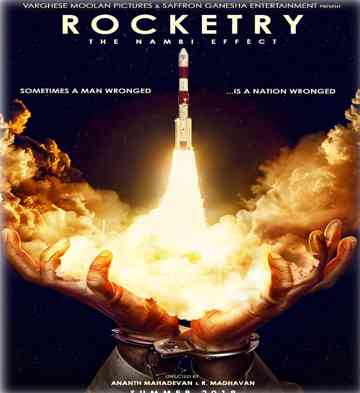
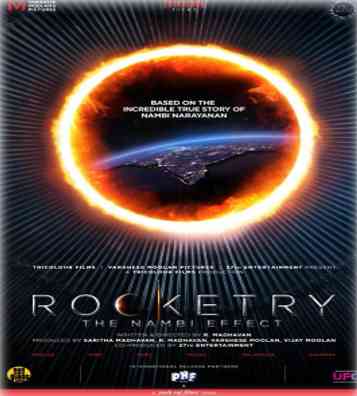
- The Nambi Effect: In October 2020, a biographical film titled Rocketry-The Nambi Effect, written, directed by R. Madhavan, and co-directed by Prajesh Sen was announced. The teaser of the film was released on 1 April 2021 and the film was released on 1 July -2022.
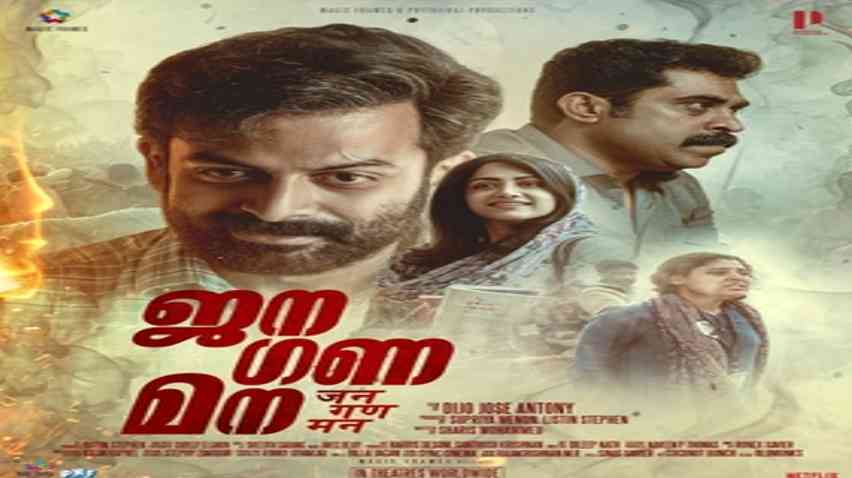
- Jana Gana Mana (2022): The main character ‘Aravinda Swaminathan’, played by Prithviraj, mentions an aerospace engineer working for ISRO, who was accused of spying and selling state secrets, but later was found innocent. The media creates public perception regardless of the facts.
Books
Oramakalude Brahmanapadam: An Autobiography by Nambi Narayanan, Prajesh Sen; Thrissur Current Books, 2017.
Ready to Fire: How India and I Survive the ISRO Spy Case by Nambi Narayanan, Arun Ram; Bloomsbury India, 2018.
Top 13 Interesting Facts About Nambi Narayanan
Nambi first met ISRO Chairman Sarabhai at the Thumba rocket launching station.
As a scientist, he worked in close association with other prominent scientists like Satish Dhawan, Vikram Sarabhai, Dr. APJ Abdul Kalam, U.R. Rao, and many others.
Narayanan introduced liquid fuel rocket technology in India.
As stated by the then chairman of ISRO Krishnaswamy Kasturirangan, ISRO could not interfere in a legal matter, Narayanan did not get any support from the organization.
Narayanan was imprisoned for 50 days after his arrest where he was tortured and harassed by the police. Later in the year 1996, the Central Bureau of Investigation (CBI) dismissed all allegations leveled against them as false.
In 2001, the National Human Rights Commission (NHRC) ordered the State Government of Kerala to pay a compensation of ₹1Cr to Narayanan.
In 2012, the Kerala High Court ordered the State Government of Kerala to pay a compensation of ₹10 Lakhs to Narayanan based on the appeal from NHRC.
In one of his interviews, Narayanan stated that while the allegations of espionage were charged against him, he and his family suffered extreme mental cruelty.
He also stated, “that people would come to our house and burn my effigy, call me names and shout slogans”. My family suffered a lot.
After this, a three-judge bench headed by Chief Justice DK Jain also asked the Kerala government to pay a compensation of ₹50 lakhs to the Narayanan for this battle fought for his mental cruelty and his honor for years.
Sri Narayanan had fought a legal battle for many years in various legal forums for his honor and justice, for which the Kerala government decided to give him ₹1.3 crores as compensation.
On 23 October 2017, an autobiography on Narayanan, “Ormakalude Bhramanapatham” revealed the ISRO espionage case. It also disclosed that the accused persons were subjected to third-degree tortures.
In 2019, he was honored with Padma Bhushan by the former president of India, Ram Nath Kovind.
